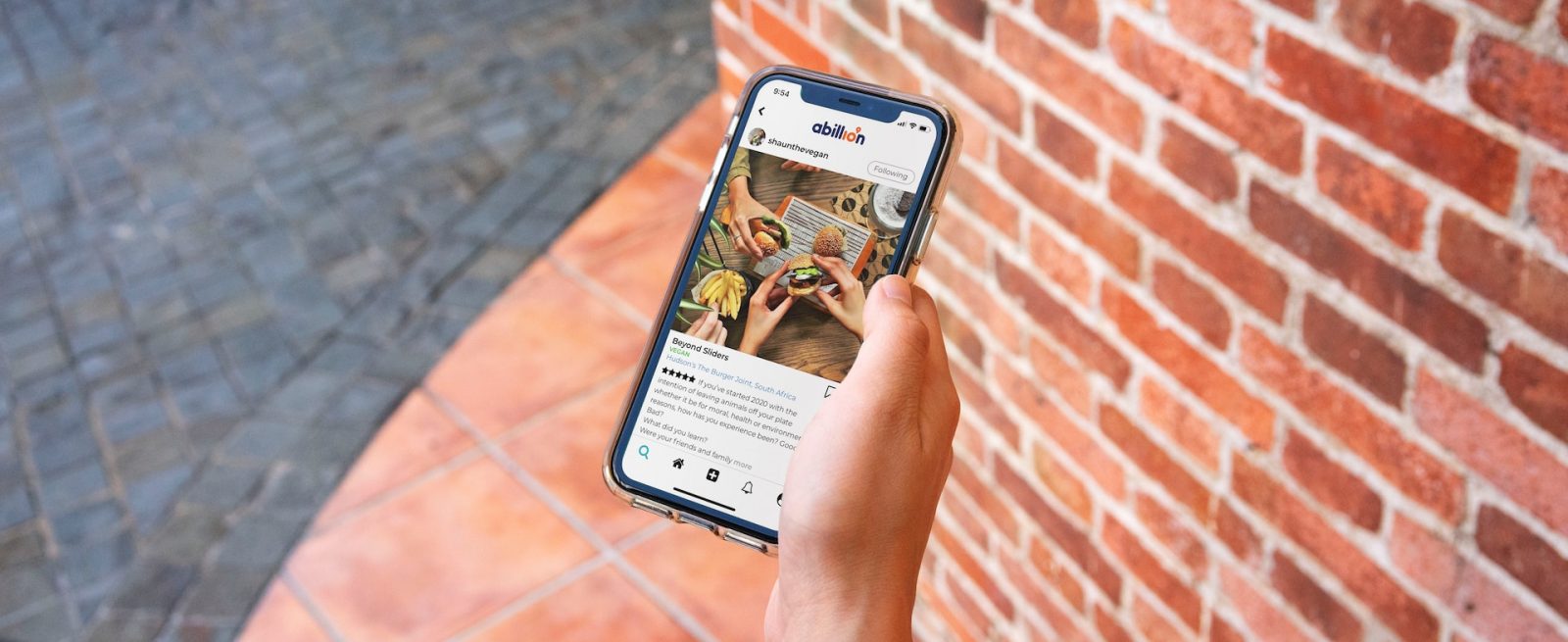Harness Technology and Nip Negative Reviews Before They Happen
7 Min Read By Stephen Gould
Customers can be stopped in their tracks by negative reviews, keeping your business from growing the way it should. By strategizing to avoid these harmful negative reviews, you can see direct growth and improvements in guest relations. Negative reviews are a detriment to restaurants since they impact not just reputation, but revenue as well. 86 percent of customers hesitate to purchase from companies with negative reviews. A single negative review can drive away 22 percent of customers and three negative reviews can drive away 59 percent of customers.
Before the digital age, if customers were unhappy with their experience, they would simply share their unpleasant experience via word of mouth. Now, with review platforms such as Google, Yelp and Facebook, to name a few, unhappy customers can share their discontent causing further damage to a business. Since 79 percent of customers put as much weight in online reviews as they would recommendations from family and friends…
Sorry, You've Reached Your Article Limit.
Register for free with our site to get unlimited articles.
Already registered? Sign in!


